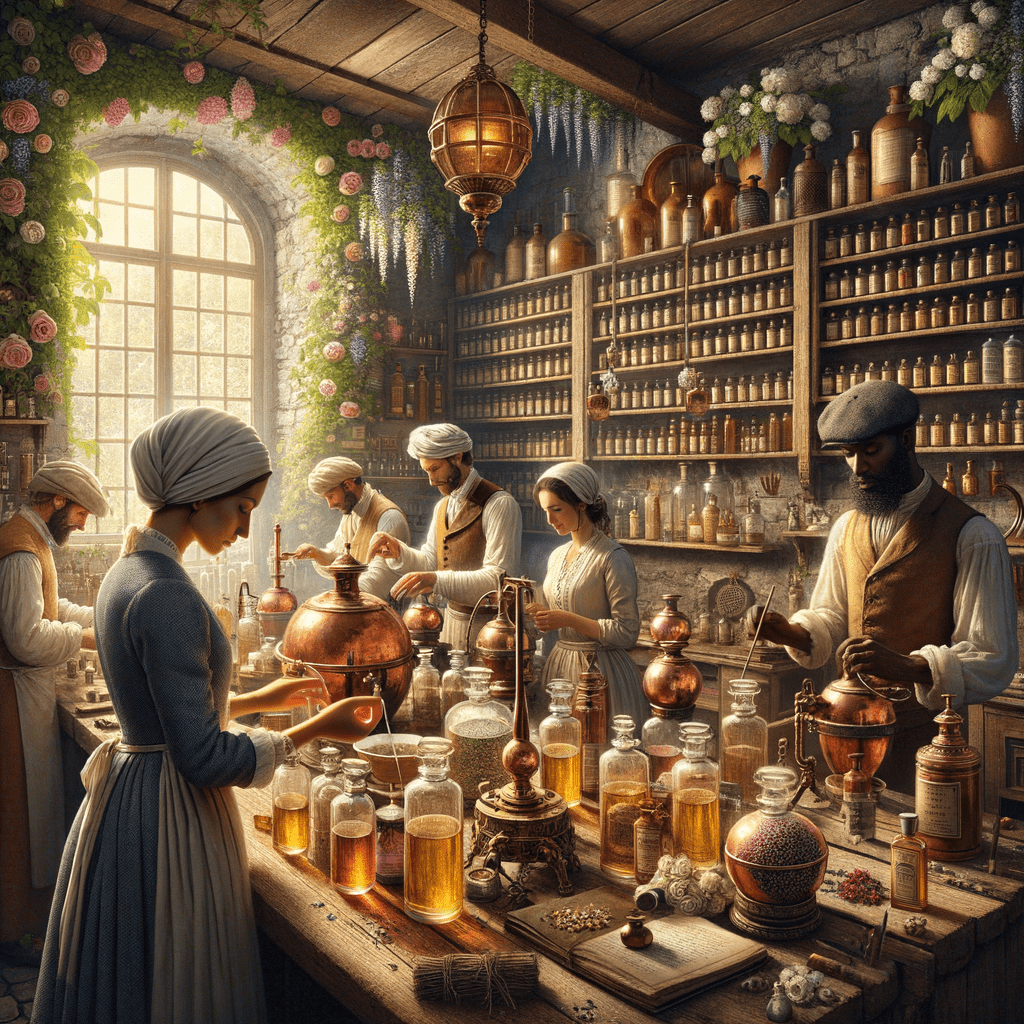Ah, ancient Greece. It’s such an enchanting era to ponder, right? Gods up there tossing lightning bolts, people wandering around philosophizing, and let’s not forget – pottery. Who would’ve guessed that some simple clay could weave such fascinating stories of art and innovation? Picture yourself as a potter in that time, every spin of that wheel possibly birthing something iconic. I mean, each wobbly little piece carried loads of character, like leaving a bit of your soul in there, ya know?
Pottery back then… there’s something almost magical about it. Dust swirling in the air mixed with history, watching artisans breathe life into plain clay lumps. They weren’t just making jars; no, they were crafting storytelling vessels, each brimming with life and emotion. Imagine feeling that cool, damp clay, ready to morph into whatever your imagination could dare to dream! Those potters had such a knack for adding personality behind every curve and line, with that touch only human hands could give.
Coiling and Pinching
Their techniques were so diverse, I can barely wrap my head around them all. Take coiling, for instance. It’s kinda like the sophisticated cousin of finger painting. You roll the clay into slinky ropes and coil them up like a snake or a twisty stairway. Think about those countless hours hunched over a wheel, feeling every bit of that clay form beneath your fingers. Those coils snugly shimmying upwards, speaking silent poetry through their snaking lines.
Then there’s pinching. Such a bare-bones method, yet it transforms clay into the niftiest little cups and figures. It’s that immediate hand-to-clay bond that’s just mesmerizing. Like, how neat is it that you can create pages of stories with just a thumb and forefinger? Such soul in every earthen piece, like the potter lending a bit of themselves each time.
Wheel Throwing
And gosh, the creativity when it comes to wheel throwing – nothing quite like it. Let’s think about that potter’s wheel. It must’ve seemed otherworldly, transforming clay with its soft whirr, shapes elegantly wobbling between useful and divine. The precision, the flair! No wonder it became central in Greek pottery. Who could resist? Working with the wheel, though, it needed so much patience, a steady eye, and a deft hand. A slight miss? Your day’s work collapses into a comedic heap. Get it right, and you’ve got a masterpiece fit for the finest wine at a grand symposium. I often marvel – was the wheel like a symbol for the revolving doors of life, always spinning, always evolving? Charming to think about, isn’t it?
Slipping and Decorating
Once you’ve got the shape, the real fun kicks in. Time for some splash and dazzle! Let’s chat slip for a sec – not the tumble-prone kind, but that liquidy clay used for smooth finishes and decorating. Greeks were masters at turning ceramics into storybook canvases. Those clever black figure designs, decked out in intricate scenes, required finesse. I mean, imagine the patience needed for the drying process alone! Molten moments of true artistic brilliance.
Think of all those scenes – armored warriors, temperamental gods, daily life snapshots captured with vivid storytelling aptitude. Not mere decorations but insightful peeks into Greek life. Every brush stroke, a narrative waiting for the flames to bring it to life.
Firing Up the Kiln
The grand finale was firing—nature’s own dance of wonder. Potters gathered about, sometimes with offerings to ensure a successful outcome. The kilns were marvels of art and engineering, striving for those beautiful red and black hues through a meticulous multi-step firing process. Can you imagine those potters peering through little peep holes, fingers crossed for divine approval? I get chills just thinking about their anticipation.
Pottery as a Canvas
It’s hard to talk about Greek pottery without marveling at it as a narrative medium. Each piece was a terracotta tome telling tales of gods and men, woven with art and daily moments alike. More than mere vessels, they were captured glimpses into legend and life. I love picturing who might’ve used each piece, tracing worn edges, pondering whose hands once held them, whose lips graced their edge during nights of revelry.
Legacy and Imperfection
Let’s not miss the human touch left behind – the legacy of these unknown hands. It’s not just perfection we see, but the beautiful flaws. To create is so human, to leave marks inevitable. Those quirks and maker’s marks are what make us lean in and search for the hidden humanity.
I adore the thought of Greek potters, fretting over a crooked line here, a wobbly surface there, ultimately stepping back to adore their imperfect grandeur. A little whisper, a gentle reminder, that stories live well outside the realm of flawlessness. They’re raw and redemptive.
Pottery was basically a snapshot of Greek life – form meeting function, chaos dancing with order. From raw clay through fire, they crafted pieces echoing through ages, reminding us of what it means to be beautifully human.
In the end, ancient Greek pottery techniques were this fantastic era where stories and art intermingled with function, all while whispering secrets. Like life, it is an art as lovely as it is clumsy, and maybe, just maybe, we honor their legacy by pouring our dreams and stories into whatever our own version of clay might be.












